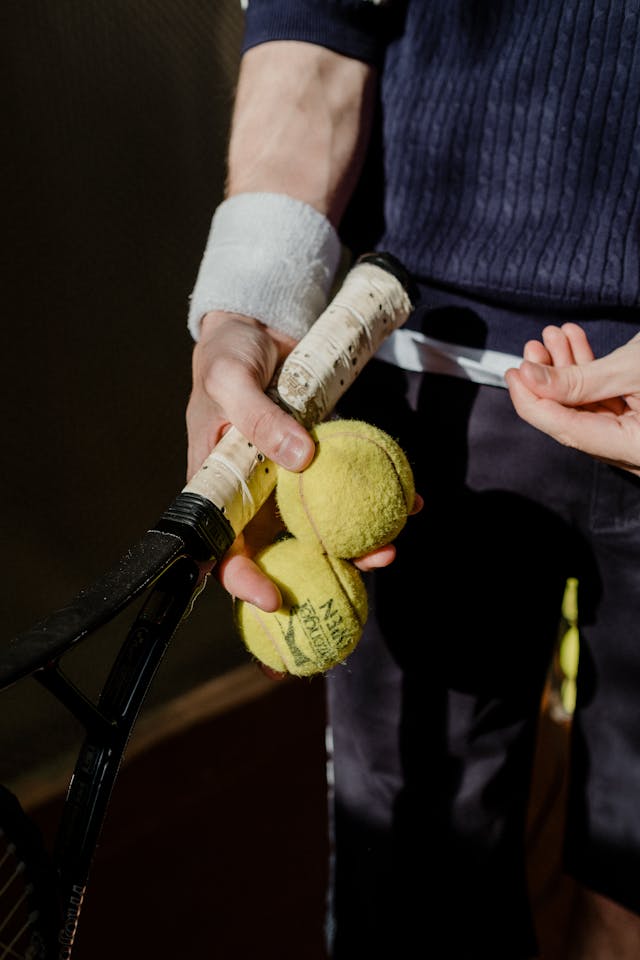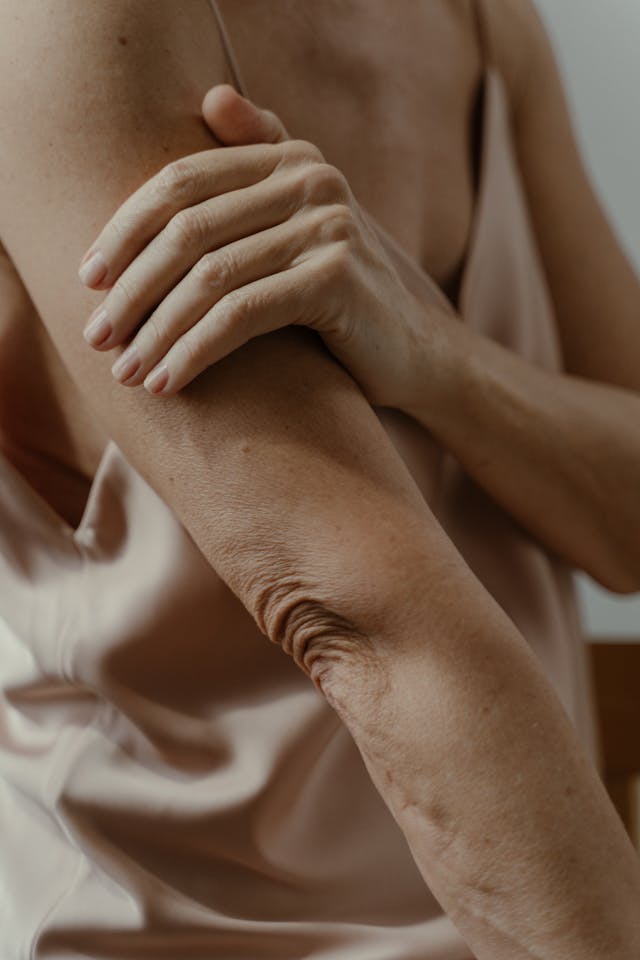All About Tennis Elbow & Treatments
 Here we will learn about tennis elbow & treatments. Adding a little “elbow grease” helps get the job done, but repetitive use can lead to disabling elbow pain. Orthopedic surgeon Alejandro Badia MD refers to this condition as “lateral epicondylitis” or “tennis elbow,” a persistent injury caused by overtaxing the forearm and elbow muscles and tendons. These forearm muscles control wrist movement, and the tendons connect these muscles to the bones.
Here we will learn about tennis elbow & treatments. Adding a little “elbow grease” helps get the job done, but repetitive use can lead to disabling elbow pain. Orthopedic surgeon Alejandro Badia MD refers to this condition as “lateral epicondylitis” or “tennis elbow,” a persistent injury caused by overtaxing the forearm and elbow muscles and tendons. These forearm muscles control wrist movement, and the tendons connect these muscles to the bones.
Who is Affected by Tennis Elbow?
Tennis elbow primarily impacts the extensor carpi radialis brevis (ECRB) muscle and tendon, causing severe pain on the lateral side of the arm near the elbow. This condition is common not only among tennis players but also among other athletes, avid fishermen, factory workers, and tradesmen like carpenters, plumbers, and painters.
“Even do-it-yourselfers who undertake long-term projects such as painting their house—tasks they are not accustomed to—may develop tennis elbow,” says Dr. Badia (Bio), founder and chief medical officer of the Badia Hand to Shoulder Center and OrthoNOW®.
Causes and Symptoms of Tennis Elbow
Repetitive bending and straightening of the elbow stress the ECRB muscle, weakening and damaging it over time, leading to microscopic tears in the tendon connecting the muscle to the elbow’s lateral epicondyle bone. Hard work does not directly cause tennis elbow but can exacerbate symptoms in those predisposed to minor tendon injuries, reducing blood flow to the tendons and joints.
Each year, approximately 200,000 Americans are diagnosed with tennis elbow, a condition that can severely impact daily life, sometimes making it painful to perform simple tasks like lifting a coffee mug or shaking hands.
Tennis Elbow Treatment Options
While some scientists suggest a “wait-and-see” approach as the condition often resolves on its own over time, Dr. Badia notes this may take 12-18 months without treatment—an unacceptable duration for athletes and workers who need immediate relief.
Dr. Badia has successfully treated resistant tennis elbow in professional athletes, including former top-10 tennis champion Marcelo Rios, using ultrasonic percutaneous tenotomy with Tenex Health’s minimally invasive technology. Developed in collaboration with the Mayo Clinic, this outpatient procedure is an option for patients unresponsive to initial nonsurgical therapies.
Conservative Treatments
Conservative treatments include rest, applying ice to the affected area, performing arm-wrist stretch exercises to enhance blood supply to the ECRB tendon, taking anti-inflammatory medications, and receiving growth factors found in platelet-rich plasma (PRP) injections. Radiofrequency and corticosteroid injections are also options.
“For cases where the tendon fails to heal due to poor blood supply, necrotic tissue removal is necessary. Tenex Health technology uses ultrasonic energy ablation to melt away dead material, which is then aspirated through a small puncture wound,” explains Dr. Badia. This procedure takes less than 30 minutes, with minimal sedation and no scarring, allowing for almost immediate recovery and return to full mobility.
Prevention Tips
 Prevention is the best treatment for tennis elbow. Dr. Badia offers these tips for workers and sports players with this condition:
Prevention is the best treatment for tennis elbow. Dr. Badia offers these tips for workers and sports players with this condition:
- Warm up and do arm, wrist, and finger stretches before activities requiring repetitive movements.
- Engage in exercises to strengthen the upper limbs, including the wrist and elbow.
- Use the shoulder and upper arms to take some work off the elbow.
- Avoid repetitive hand and arm movements; rotate tasks or take breaks. Consider wearing an elbow brace if necessary.
Use tools and sports equipment that fit your grip and reduce strain on the forearm muscles. For instance, a lighter tennis racquet with string tension of 55 pounds or less can reduce stress on the arm and elbow. Gloves or padding can absorb shock when using tools. The Xtensor reverse grip hand exerciser is also recommended for regaining strength.
Tennis Elbow & Treatment: Conclusion
Early recognition and treatment of tennis elbow are crucial for the best outcomes, allowing individuals to return to their sports or work activities without prolonged pain.
Consulting with a specialist like Dr. Alejandro Badia can provide personalized care and effective treatment options.
Dr. Alejandro Badia, MD, FACS
Gramercy Surgery Center
380 2nd Avenue
Suite #1000
New York, NY 10010
(929) 605-4263
Alejandro Badia, MD, FACS, is an internationally renowned hand and upper-limb surgeon and founder of Badia Hand to Shoulder Center and OrthoNOW®, a walk-in orthopedic care clinic. A member of the American Society for Surgery of the Hand, the American Association for Hand Surgery, and the American Academy of Orthopedic Surgeons, Dr. Badia specializes in treating hand and upper extremity problems, including trauma, sports injury, joint reconstruction, nerve injuries, and arthroscopic surgeries. (Bio)
